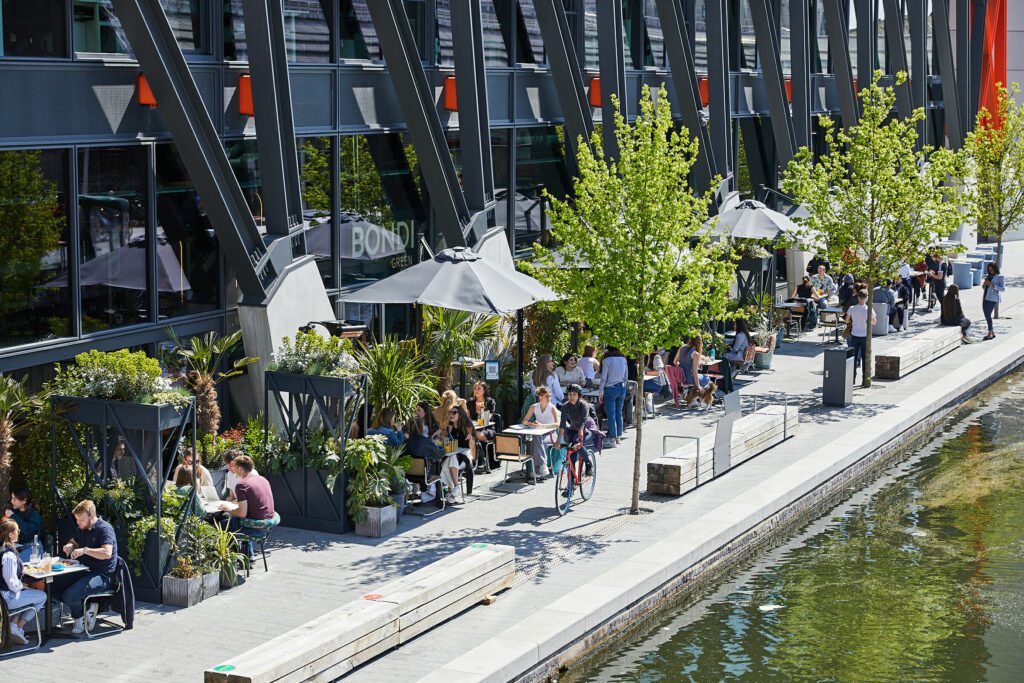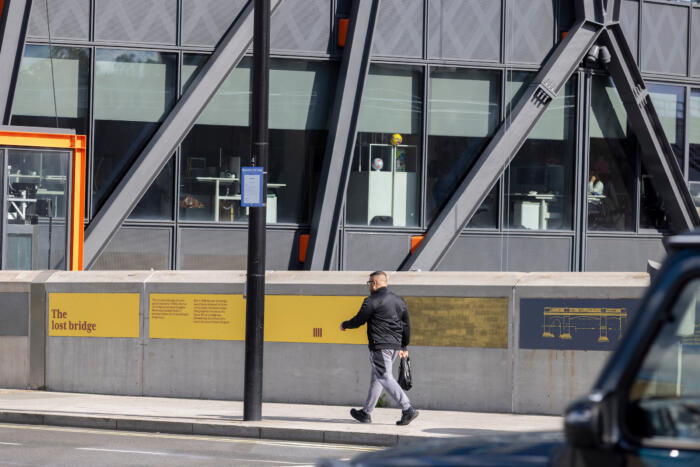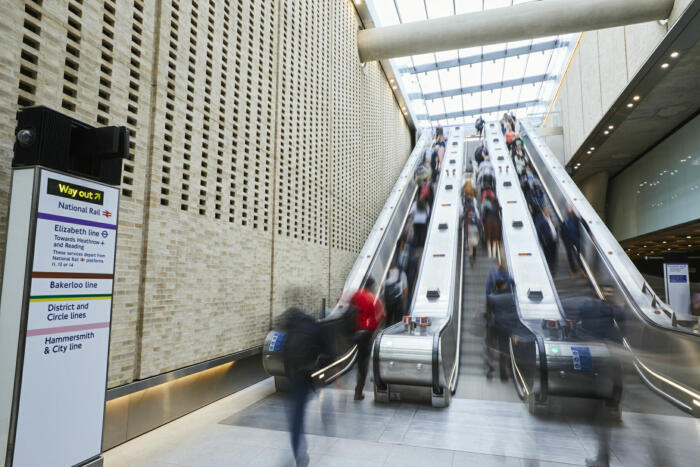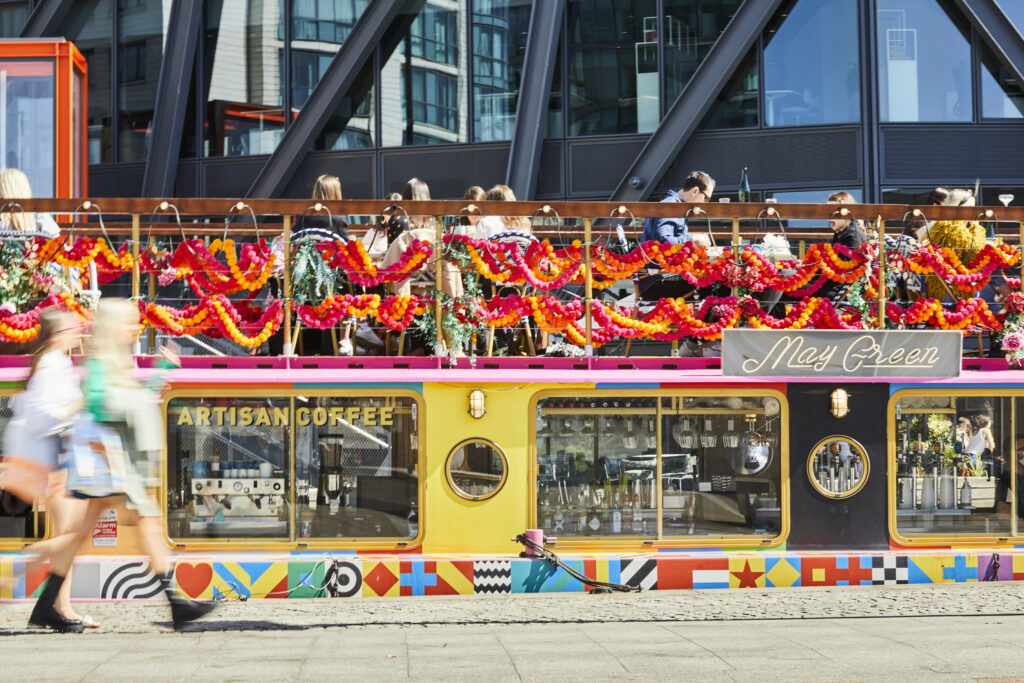Introduction
The Paddington area has undergone significant change over the past 25 years, with more than 20 major development schemes completed across 80 acres. This successful transformation has attracted many of the world’s leading corporate occupiers to the district, making Paddington one of London’s fastest-growing commercial locations. Although there is still much development in the pipeline, many estates are now mature and focusing on long-term sustainability and placemaking.
Today a thriving mixed-use community - the size of Soho - Paddington has been transformed into a destination rich in amenity, in which the canal is centred not squandered, where people live, work, learn, socialise and play.
Creating a sense of place and identity has required commitment and imagination from all parties. Members of The Paddington Partnership have between them taken oversight of the 80 acres that make up the Paddington Opportunity Area and opened up a district previously inaccessible for 200 years, re-connecting communities. Paddington now has a stunning, active waterspace, surrounded by striking public art and traffic-free public realm, home to a wealth of biodiversity.

More than buildings
The physical achievements are plain to see, with over 1,000 metres of new towpath, magnificent open spaces, five new pedestrian bridges, 3 million sq ft of commercial space and more than 2,000 new homes delivered. But there is another story, one in which the commercial imperative has been integrated with the need to reach out from each space and demonstrate an appreciation of spatial and social context.
The Paddington Partnership has played a vital role, one that has changed over time as Paddington matures. A highly respected and overwhelmingly successful community programme sees Paddington companies build on the achievements of developers, sharing their time, resources and skills with more than 50 surrounding schools, charities and community groups for the past 25 years. We have an impressive, established body of businesses in Paddington, with a strong sense of connection, evidenced in their commitment to place and community.
With this critical mass, the Grand Union BID represents an opportunity to create a permanent, sustainable forum to optimise Paddington’s potential as both a leading business community and a flourishing destination.


Grand Union BID
The Grand Union BID was proposed by The Paddington Partnership, a voluntary membership organisation already comprising some of the biggest landowners and companies in the UK. The Partnership has, for over 25 years, delivered a range of projects and services to regenerate, engage and connect. The success and growing demand for these programmes demonstrates the desire for expansion under a formal BID structure, which would provide the necessary resources, critical mass and strategic planning to scale and enhance activity. The Paddington Partnership is the legal entity for the Grand Union BID.
Social value and hyper local volunteering opportunities have fostered a strong sense of community in Paddington, enhancing business reputations. Our grass roots volunteering programme sees our members supporting local schools, charities and social enterprises on their doorstep, with more and more companies valuing the impact that volunteering through the programme has on colleagues and the community alike.
Public realm interventions right across Paddington have tackled severance and kickstarted a wider placemaking approach. The canal has been activated with leisure boats, breathing life into the waterspace. Hotel growth has created a new visitor destination. Paddington’s Elizabeth line station is now the second busiest station in the UK, making it one of the most connected locations in the country. Over 80 acres of brownfield land has been turned into a thriving new business and residential community, opening up public access to the Grand Union Canal for the first time in its 200-year history.
Shifting to a BID-based model enables businesses to benefit from a joined-up package of improvements to support employee satisfaction and retention, attract people back to the office and ensure Paddington remains a leading destination, equipping the district to meet evolving tenant expectations and form a successful commercial ecosystem.
The BID’s vital work in future-proofing the location is focused on the Partnership’s four key themes of regenerate, connect, engage and represent. A partnership approach lies at the heart of our activities.

The BID's main activities
The majority of the Partnership’s activities continue without a break in service delivery, offering a seamless transition to Grand Union BID. Some new elements, focusing on employee networks, the Community Fund and strategic volunteering programmes, will be rolled out in a phased manner across the BID’s first year. The vision of a Community Hub and public realm enhancements are longer term objectives and rely on feasibility and development, so could be delivered from the BID’s third year onwards.
- Regeneration and Activation: Develop, and attract funding to support the delivery of, improved connections, wayfinding and active travel, providing practical tools for companies to assist staff, guests and visitors, promoting greater step-free movement, and curating long-term placemaking for Paddington, fostering action to mitigate climate change and championing Paddington's Neighbourhood Plan.
- Volunteering and Social Value: Build on the Partnership’s successful volunteering programme, creating meaningful partnerships which add real value to surrounding communities with high levels of deprivation, isolation and low education outcomes, helping businesses to meet their ESG commitments; through skill-sharing, practical team volunteering and a new Community Fund.
- Networks and Wellbeing: Amplify events programmes across Paddington, building dedicated channels for offers and amenities, celebrating Paddington’s strongest assets through new trails and guided walks, introducing staff and sector-based next-gen networks and an employee well-being series; promoting the area as a desirable destination for work, socialising and networking.
- Representing: Through a statutory designation the BID will enable Paddington's business community to form a cohesive voice, speaking up and attracting funding for Paddington and its business activity locally and nationally, with the City Council, the Mayor of London, Transport for London and the UK government.
The BID Levy and Term
The term of the Grand Union BID is four years and ten months, commencing on 13 June 2025 and ending on 31 March 2030.
The BID levy will be 1.200% of a business’s rateable value (0.600% for hotels) for businesses whose rateable value is equal to or exceeds £126,000. There will be a cap of £35,000 per business. Charity discounts of 80% will be applied to any registered charities.
An annual inflationary increase could potentially be applied to the levy multiplier and cap from Year 2 (2026/27), at no more than 3% each year. The BID Board and Advisory Committee have the discretion to apply a lower multiplier and level of inflation.
The BID will raise an estimated £580,000 in the first year, rising thereafter as new buildings are completed and occupied. With voluntary contributions from landlords and estates, over £4.5 million will be invested in the BID area over the five-year term.